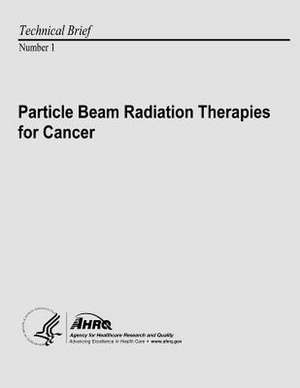Particle Beam Radiation Therapies for Cancer
Autor U. S. Department of Heal Human Services, Agency for Healthcare Resea And Qualityen Limba Engleză Paperback
Preț: 123.80 lei
Preț vechi: 130.31 lei
-5% Nou
Puncte Express: 186
Preț estimativ în valută:
23.69€ • 24.80$ • 19.72£
23.69€ • 24.80$ • 19.72£
Carte disponibilă
Livrare economică 11-25 martie
Preluare comenzi: 021 569.72.76
Specificații
ISBN-13: 9781484907931
ISBN-10: 1484907930
Pagini: 102
Dimensiuni: 216 x 280 x 5 mm
Greutate: 0.26 kg
Editura: CREATESPACE
ISBN-10: 1484907930
Pagini: 102
Dimensiuni: 216 x 280 x 5 mm
Greutate: 0.26 kg
Editura: CREATESPACE
